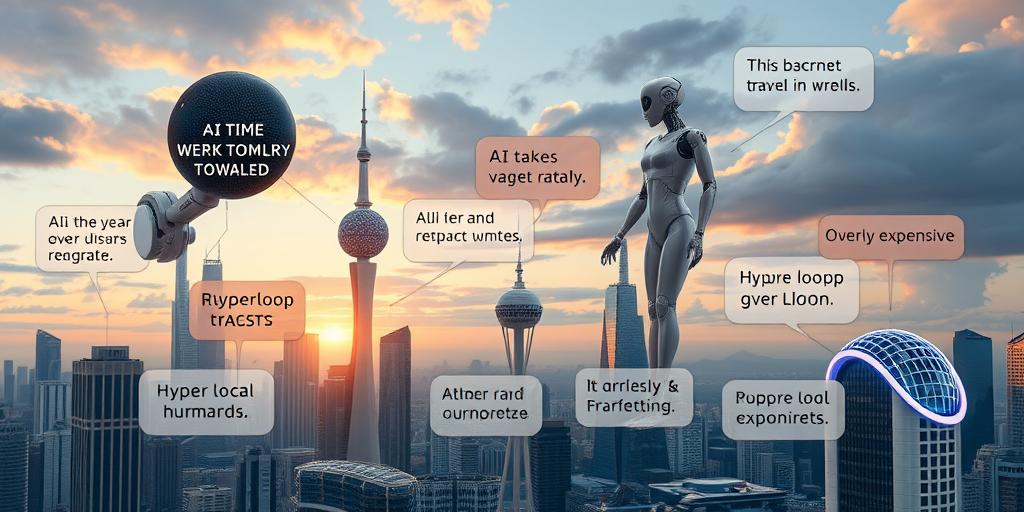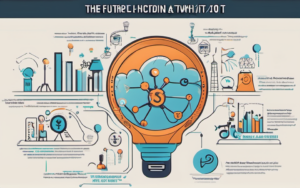The world of emerging technologies is captivating, brimming with promises of revolutionary advancements. From artificial intelligence reshaping industries to blockchain disrupting financial systems, the possibilities seem endless. Yet, amidst the excitement, it’s crucial to navigate the hype and separate fact from fiction. We’re constantly bombarded with sensationalized headlines and overblown claims, making it difficult to discern genuine progress from empty promises.
Emerging Technologies: Separating Hype from Reality
The Allure of the New
We’re naturally drawn to the novel and exciting. The prospect of groundbreaking technologies transforming our lives fuels our imagination and fuels the media’s fascination with the next big thing. This inherent human tendency, coupled with the relentless pursuit of innovation, often leads to inflated expectations surrounding emerging technologies.
The Perils of Unrealistic Expectations
The allure of the new can lead to unrealistic expectations, setting us up for disappointment when technologies fail to live up to the hype. This can result in a backlash against emerging technologies, hindering their potential for real-world impact.
Deconstructing the Hype Cycle
The Hype Cycle Explained
The Gartner Hype Cycle provides a framework for understanding the lifecycle of emerging technologies, from their initial emergence to their eventual mainstream adoption. This cycle highlights the peaks and valleys of hype associated with new technologies.
Identifying the Peak of Inflated Expectations
The peak of inflated expectations is characterized by widespread media attention, exaggerated claims, and a surge of investment. During this phase, it’s essential to remain skeptical and critically evaluate the hype surrounding emerging technologies.
Navigating the Trough of Disillusionment
As the initial excitement fades and the limitations of a technology become apparent, it enters the trough of disillusionment. This phase can be characterized by a decline in interest and investment, as disillusionment sets in.
Reaching the Plateau of Productivity
If a technology survives the trough of disillusionment, it eventually reaches the plateau of productivity. This is where the technology matures, its practical applications become clearer, and it begins to deliver tangible value.
Critical Thinking in the Age of Innovation
Questioning Claims and Promises
To avoid falling prey to the hype surrounding emerging technologies, it’s crucial to cultivate a critical mindset. Questioning claims, promises, and projections is essential to discerning the true potential of a technology.
Evaluating Evidence and Data
Don’t rely on sensationalized headlines or anecdotal evidence. Instead, seek out credible research, scientific studies, and real-world data to support claims about the efficacy and impact of emerging technologies.
Understanding the Limitations of Technology
Remember that even the most promising technologies have limitations. Understanding these limitations is crucial for realistic expectations and informed decision-making.
Focusing on Practical Applications
Identifying Real-World Use Cases
Beyond the headlines, focus on the practical applications of emerging technologies. How can they be used to solve real-world problems and improve our lives?
Assessing the Impact and Benefits
Analyze the potential impact and benefits of a technology. Will it truly address a pressing need, or is it simply a novelty with limited practical value?
Prioritizing Solutions with Tangible Value
Focus on technologies that offer tangible benefits and demonstrable value. Avoid getting caught up in the hype of technologies that lack practical applications or real-world use cases.
Embracing a Balanced Perspective
The Potential and Pitfalls of Emerging Technologies
Emerging technologies hold immense potential to revolutionize our lives. However, it’s crucial to acknowledge the potential pitfalls and ethical implications associated with their development and deployment.
The Importance of Ethical Considerations
As emerging technologies advance, it’s essential to prioritize ethical considerations. How can we ensure that these technologies are developed and used responsibly, promoting human well-being and avoiding unintended consequences?
The Role of Human Ingenuity and Innovation
Ultimately, the success of emerging technologies depends on the ingenuity and innovation of human beings. It’s our ability to harness these technologies responsibly and ethically that will determine their true impact on the world.
Emerging technologies are undoubtedly shaping our future. By embracing a critical mindset, focusing on practical applications, and prioritizing ethical considerations, we can navigate the hype and harness the transformative power of these technologies for the benefit of all.




